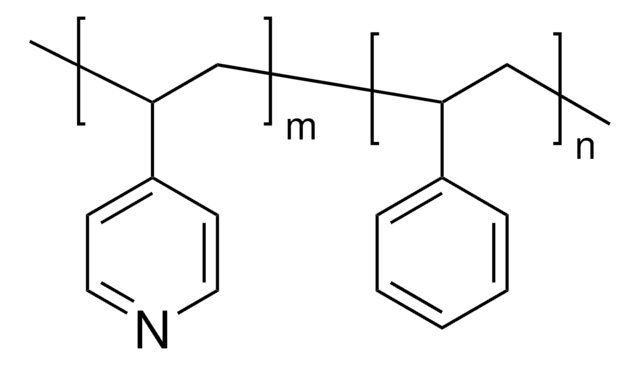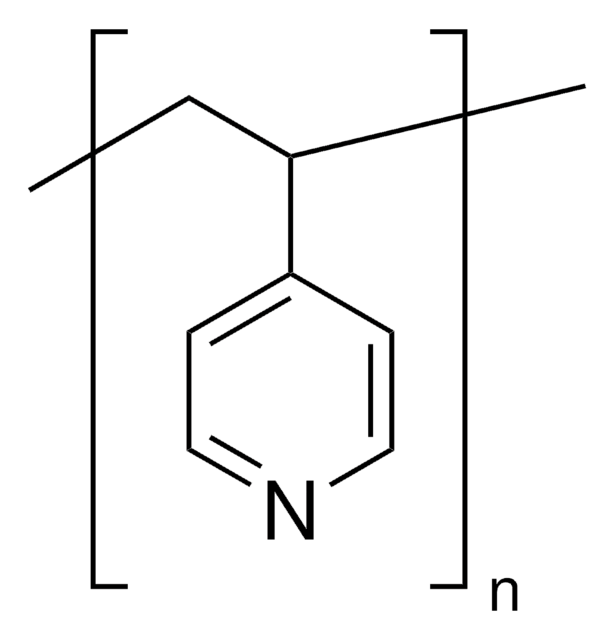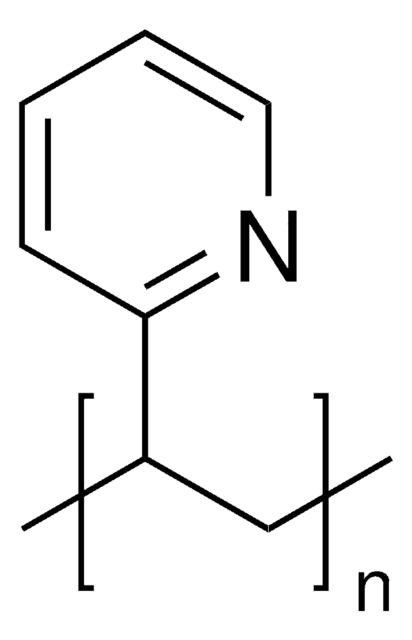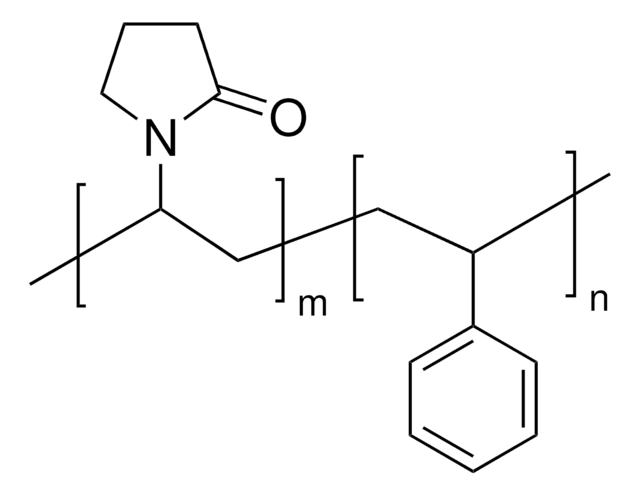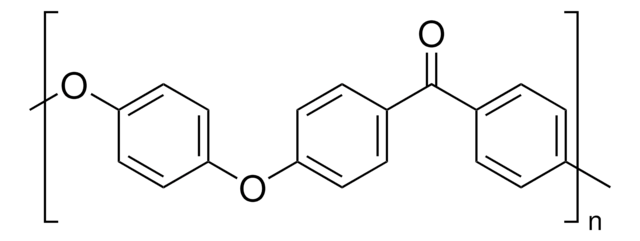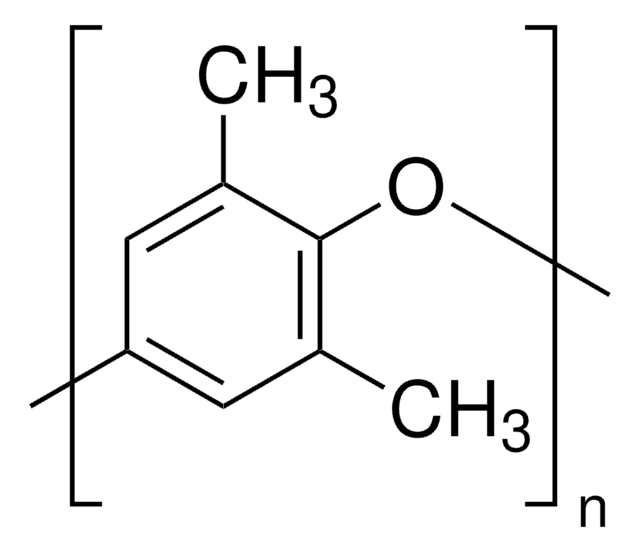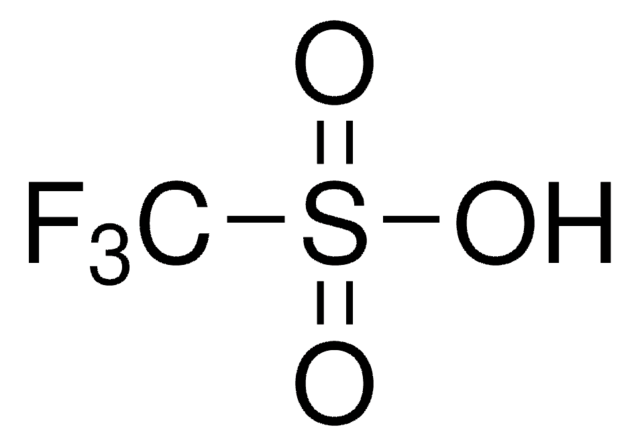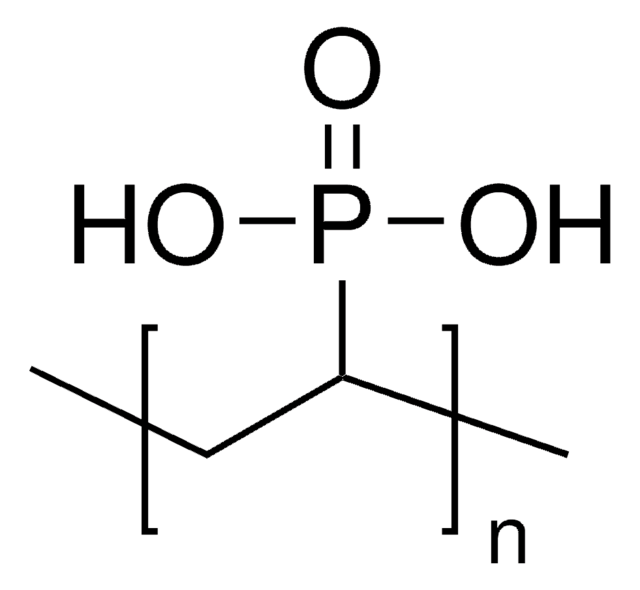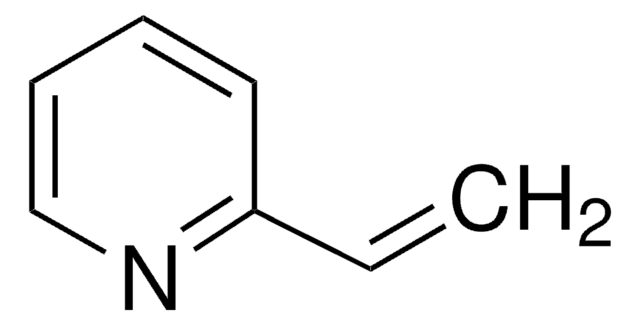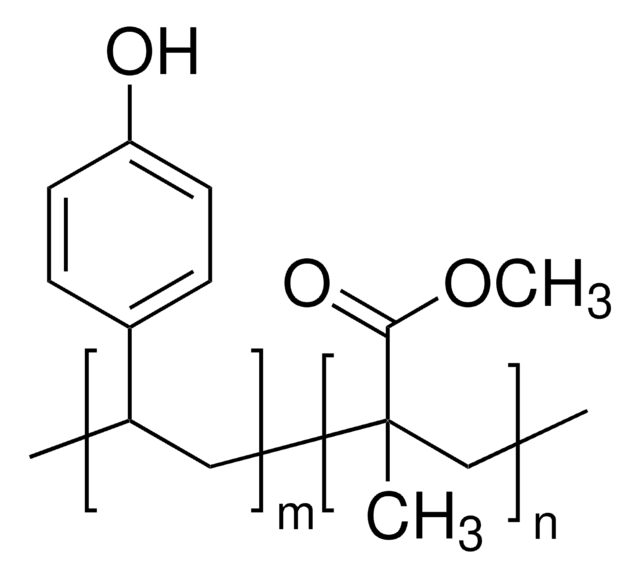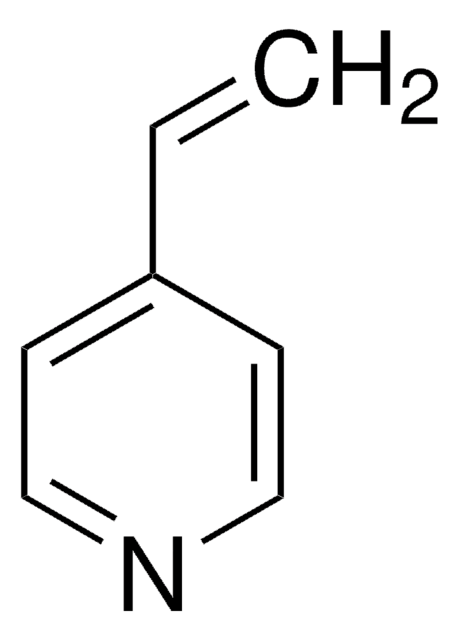184608
Poly(2-vinylpyridine-co-styrene)
average Mn ~130,000, average Mw ~220,000 by LS, granular
Sinónimos:
2-Vinylpyridine-styrene copolymer, Styrene-2-vinylpyridine copolymer, Vinylbenzene-2-vinylpyridine copolymer
About This Item
Productos recomendados
formulario
granular
Nivel de calidad
mol peso
average Mn ~130,000
average Mw ~220,000 by LS
características de los productos alternativos más sostenibles
Design for Energy Efficiency
Learn more about the Principles of Green Chemistry.
sustainability
Greener Alternative Product
categoría alternativa más sostenible
, Enabling
Descripción general
Aplicación
Envase
Código de clase de almacenamiento
11 - Combustible Solids
Clase de riesgo para el agua (WGK)
WGK 3
Punto de inflamabilidad (°F)
Not applicable
Punto de inflamabilidad (°C)
Not applicable
Elija entre una de las versiones más recientes:
¿Ya tiene este producto?
Encuentre la documentación para los productos que ha comprado recientemente en la Biblioteca de documentos.
Los clientes también vieron
Artículos
Advances in the electrochemical conversion of water to and from hydrogen and oxygen have principally been achieved through the development of new materials and by understanding the mechanisms of the degradation of proton exchange membrane fuel cells (PEMFC) during operation.
Nuestro equipo de científicos tiene experiencia en todas las áreas de investigación: Ciencias de la vida, Ciencia de los materiales, Síntesis química, Cromatografía, Analítica y muchas otras.
Póngase en contacto con el Servicio técnico